So I'm reading the Harman paper on ports, here is a link: https://www.dropbox.com/s/u18zq95ko9...Study.pdf?dl=0. They test various theories regarding flare radius, power compression, harmonic distortion, surface roughness, etc. They come up with a Normalized Flare Radius relating the flare radius to the port length: NFR = port length/ 2(flare radius), 0 < NFR < 1 where 0 is a straight pipe and 1 is a full flare. After a number of tests of the previously mentioned properties, they find a NFR = .5 seems to be the best balance of properties. This greatly simplifies the equation to basically saying flare radius = port length. Essentially there is never a straight a section, the profile is always an arc with a radius equal to the port length and some minimum diameter in the middle that the designer would select based on max air velocity (or Reynolds number if you can figure it out). You can visualize as the port length grows so does the port exit size. For any given length and minimum diameter I came up with this equation which defines the diameter of the port exit: Ed = .268L + Md, where Ed is port exit diameter, L is port length, and Md is minimum diameter. For example if my port were 8" long and I needed a 3" minimum diameter to keep air speed low, then the port exit diameter would be 5.144". This is on both ends BTW. Two other provisos in the article: 12mm radius to blend the flare to baffle, and a 15mm flange on the inside flare to sort of mimic a little flat baffle. Apparently this reduced odd order harmonic distortion in their tests.
Threw this together in Fusion 360 to give you an idea:


Threw this together in Fusion 360 to give you an idea:


 I don't know yet if I'll test it out. I have a design with a builder right now (all my tools are in storage) and we discussed it but haven't made a decision. If we do it he has access to a 3D printer that we would print it on. You could also CNC each half and glue it together. Those aren't easy for a typical DIY'er, but it is becoming more common.
I don't know yet if I'll test it out. I have a design with a builder right now (all my tools are in storage) and we discussed it but haven't made a decision. If we do it he has access to a 3D printer that we would print it on. You could also CNC each half and glue it together. Those aren't easy for a typical DIY'er, but it is becoming more common.


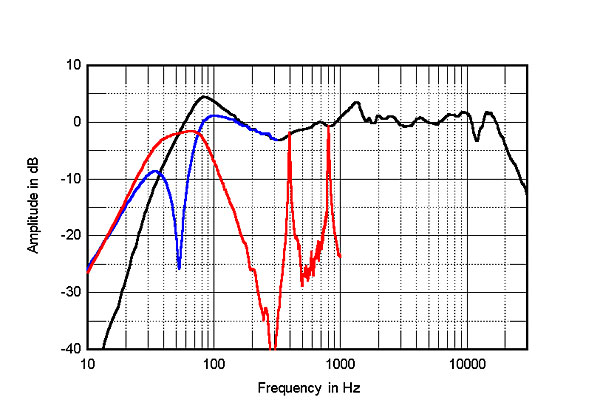

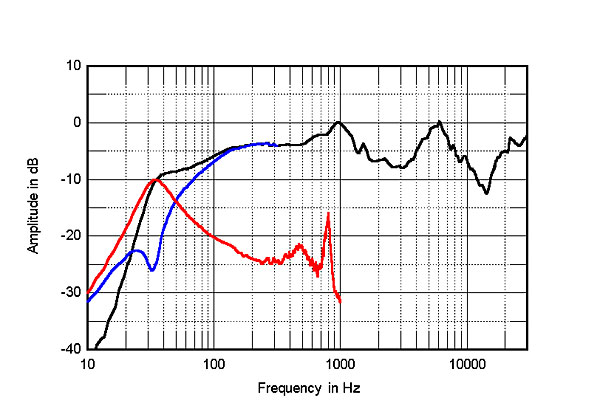
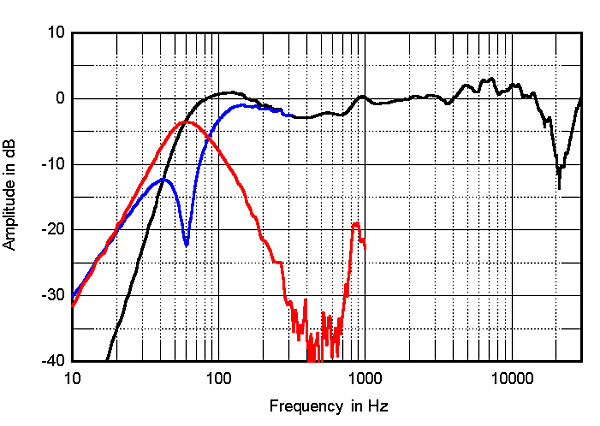
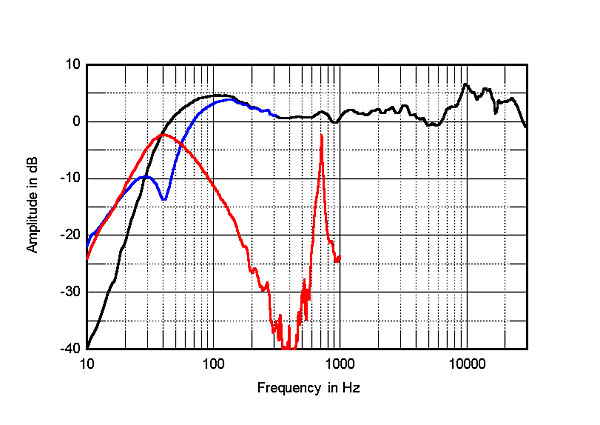
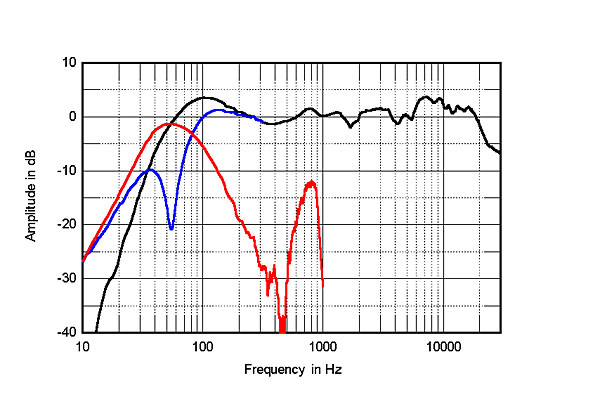
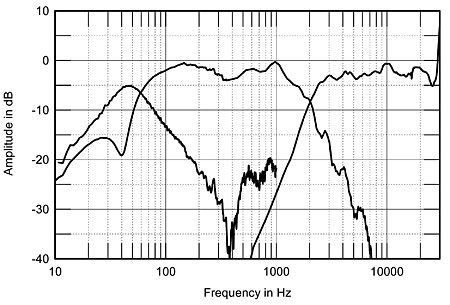
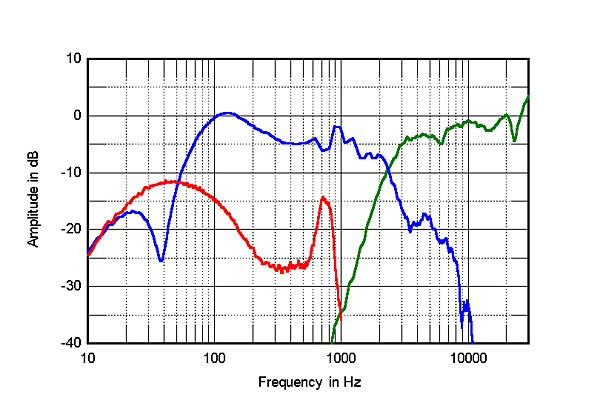
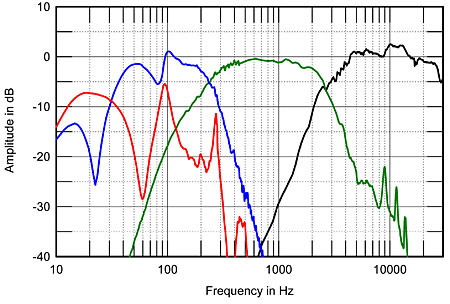
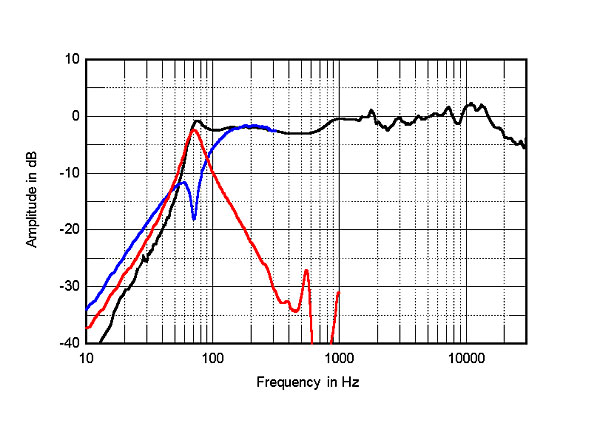
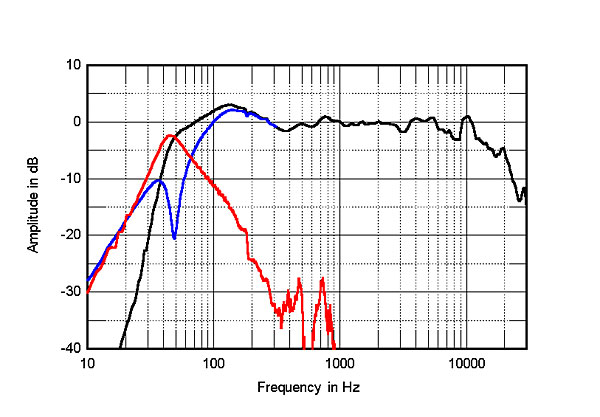

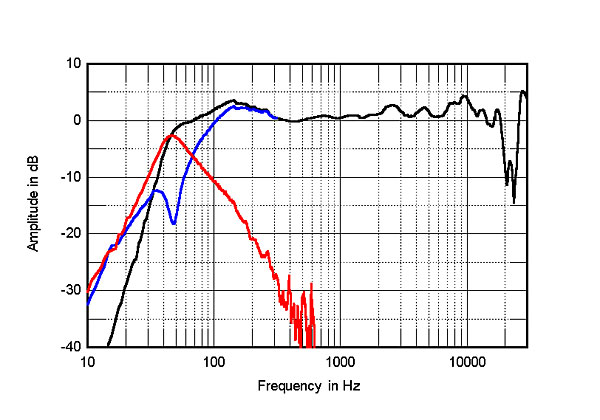
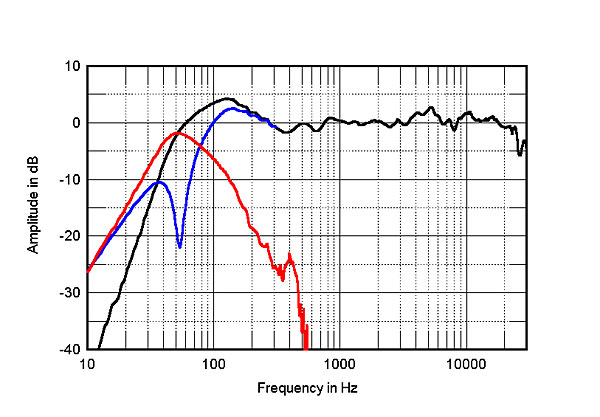
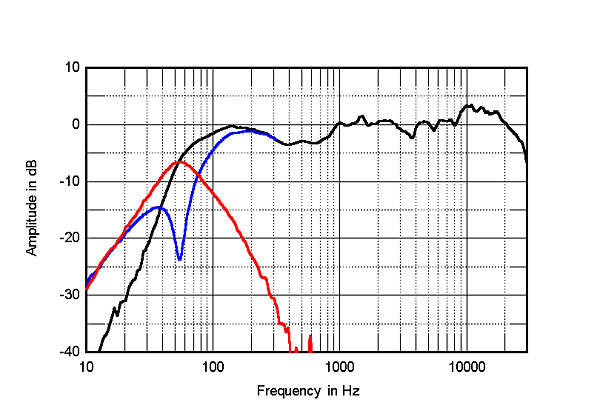



Comment